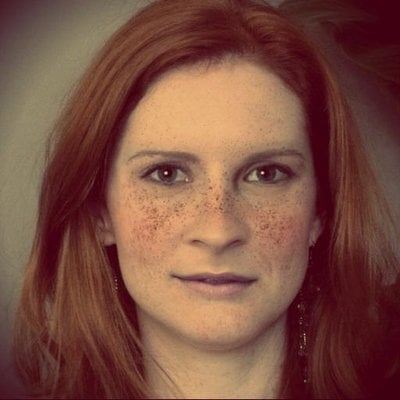Create AMAZING User Experiences [#HowTo]

User experience is arguably the most important component of any software product. This statement can seem counterintuitive to software engineers. When we think of creating of software product we think about functionality, implementation, and optimization. It's easy to get lost in specs of a product, much of which is effectively meaningless to end users.
Moreover, technical superiority does not directly translate into more customers. You only have to look back so far to this posit being proven time and time again. Take Apple, for example. They dominated the MP3 player market with the iPod, despite its relatively unimpressive hardware. Apple did not go uncontested, either. Many competitors threw in their hat into the MP3 player space only to be completely wiped out of the market. Microsoft's' Zune fell flat upon release only to perish soon after despite its better hardware and feature-rich software. Why? Because ease-of-use, time and time again, proves to be more important than almost every facet of software design.
How do you create software that is easy to use? As anyone who's tried to build software will tell you, it's a deceptively hard thing to do. User interface is an important component, but it still doesn't fully encapsulate UX. Placing the buttons in the correct place, choosing the right color combinations, these choices comprise only a small fraction of UX design. Intuitive design relies on the right flow of events, translating abstract code and functionality into a physical, interactive thing. In other words, if UI design is creating the look, UX design is creating the feeling.
There are a lot of moving parts when creating UX. There is no hard and fast rules to adhere to. In fact, obeying a script will more than likely harm the user experience. This fact makes UX all the more difficult to pull of. Simply copying another's design often fails. Something is lost in translation. In the worst case, your product is just a lesser reproduction. Even in the best case scenario, your product is unoriginal, and this unoriginality may be unattractive to users.
Another misnomer is that good UX means expensive or flashy design. These strategies may work in some capacity, but this isn't what we're talking about when we talk about great design. Often, the most striking designs are ones with that par everything down to the bare essentials. Take film as a crude example of this. In good films, there is never a wasted frame, a needless scene, or unnecessary dialogue. A minute of screen time never goes to waste. Every single thing serves to move the story forward. The same is true for truly great software products. Every component keeps the story moving.
To that end, elaborate visual design and overly complex software design do not translate into usability. Every component of your software product should further its usability. Because, ultimately, this is the purpose of your product: to be used, over and over, in the same reliable way. To get to this, you'll need to ask yourself some questions during the design process.
Ask yourself:
- What functions will my software product perform?
- How can we best perform these functions?
- What is getting in the way of the software's functionality?
- How can I communicate what my product does?
- How and where can I cut out technical language?
- What is unnecessary in my product?
- Does this make sense?
Focusing on usability forces software designers, UX designers, and UI designers to work collectively toward a single mission. This direction will help your team create a software product that has a unified theme, and that unified theme will meet the needs of your end user. Everything else should take a backseat. To bring in an example from earlier to drive home this point, think of Microsoft's strategy with the Zune. The MP3 player was loaded with features that the iPod would not adopt for some time. However, the user interface was clunky. The user had to do a great deal of work to find and utilize these features appropriately. Despite what many software engineers may believe, consumers, by and large, find no joy in uncovering hidden features. They simply want something that performs as advertised -- and the advertising better be very clear.
About the Author: Ellie Martin is co-founder of Startup Change group. Her works have been featured on Yahoo! , Wisebread, AOL, among others. She currently splits her time between her home office in New York and Israel. You may connect with her on Twitter.

Subscribe to Our Newsletter!
Latest in Marketing







![Create AMAZING User Experiences [#HowTo]](https://www.websitemagazine.com/hubfs/Imported_Blog_Media/gradient-regular-logo-mark-Jan-23-2023-12-14-08-4016-AM-Apr-10-2023-01-24-19-2416-PM-3-3.png)
